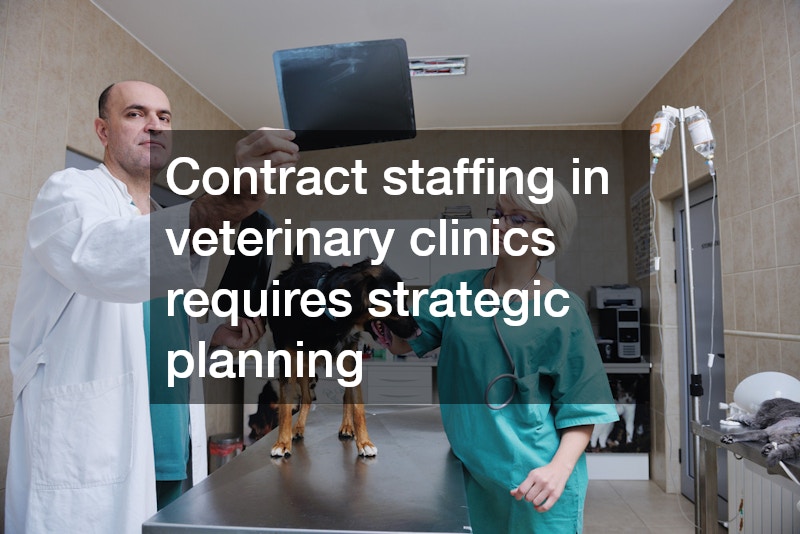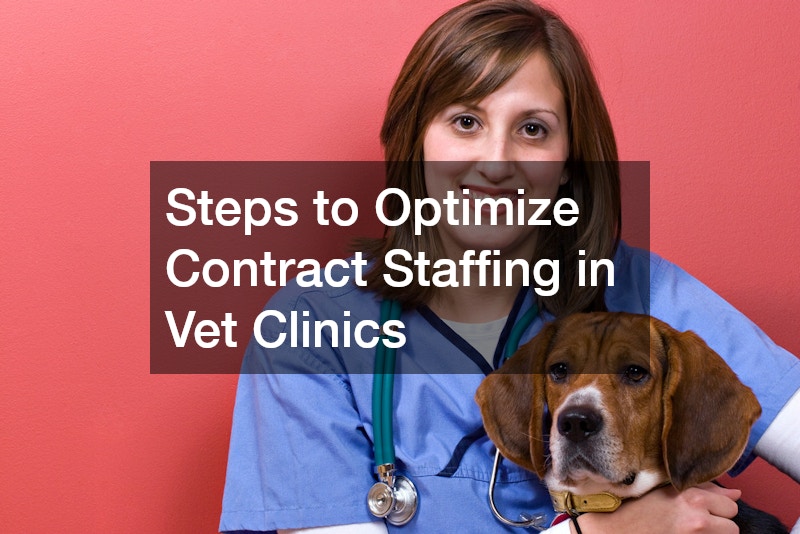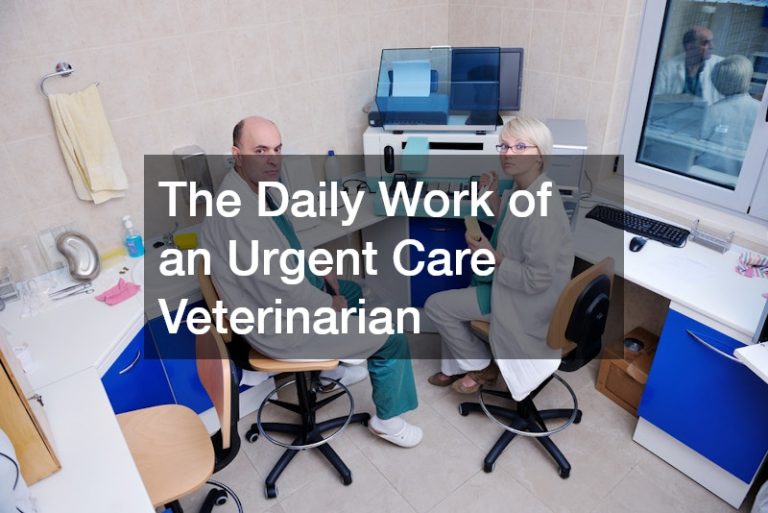In the veterinary industry, efficiently managing staffing can significantly impact the quality of service provided. Contract staffing emerges as a vital component in striking a balance between operational costs and quality care. This article explores the essential steps to optimize contract staffing in veterinary clinics, highlighting key considerations and strategies.
Why is Contract Staffing Important in Vet Clinics?
The veterinary industry is increasingly leaning towards flexible staffing models. This trend is driven by the need to adapt to variable workloads and patient demands. Flexible staffing, particularly through contracts, allows clinics to adjust quickly to fluctuations with minimal disruption.
Contract staffing provides a pool of skilled professionals who can be called upon as needed. It offers clinics the ability to fill gaps without the financial burden of permanent hires. This flexibility is crucial for clinics that face intermittent spikes in patient volume.
Balancing Staffing Costs with Quality Care
Contract staffing plays a critical role in maintaining the financial health of veterinary clinics. By only employing staff as needed, clinics can significantly reduce overhead costs. This financial efficiency does not come at the expense of quality; rather, it enhances it by ensuring that adequate staff are available during peak times.
Moreover, employing contract staff helps clinics avoid the long-term costs associated with full-time employment, such as benefits and paid leave. This model also allows clinics to access specialized skills on a temporary basis without committing to permanent salaries. Such a strategy ensures that patients receive the best possible care while keeping costs manageable.
Addressing Seasonal and Situational Demands
Veterinary clinics often experience seasonal fluctuations in patient volume and care needs. Contract staffing serves as an agile solution for addressing these variations. With the ability to scale workforce up or down, clinics can effectively manage periods of high demand.
Additionally, contract staffing is particularly beneficial for meeting situational demands, such as when staff are on leave or during emergencies. This approach ensures continuity of care without compromising service quality. It allows clinics to maintain their operational rhythm and uphold patient trust.
How to Find and Retain the Best Contract Staff?
Effective Recruitment Strategies for Vet Staffing
Recruiting top contract staff begins with identifying where to find skilled professionals. Veterinary conferences and job boards are popular venues for sourcing talent. Online platforms also offer a wide reach and can connect clinics with potential hires beyond their geographic area.
Another strategy is to develop partnerships with veterinary schools and training programs. These institutions are fertile grounds for recruiting fresh talent eager to gain experience. Establishing strong relationships with these sources ensures a consistent pipeline of candidates.
Creating a Positive Work Environment
Once contract staff are recruited, ensuring a positive work environment is crucial for retention. An inclusive and supportive culture fosters work satisfaction and dedication. Encouraging open communication and mutual respect helps integrate contract staff into the team.
Providing contract staff with the tools they need to succeed is equally important. This includes access to resources, mentoring, and clear role definitions. Such support minimizes the adaptation period and enhances their contribution to clinic goals.
Implementing Training and Development Programs
Training and development programs are essential in maintaining service quality with contract staff. Continuous training ensures that all staff meet the clinic’s standards of care. Offering specialized training in areas like advanced procedures can appeal to contract staff seeking development.
Development programs should be tailored to both the needs of the clinic and the interests of the staff. Providing opportunities for feedback can guide improvements in training content and delivery. This investment in skill enhancement reflects the clinic’s commitment to both staff and patient care.
What Legal and Logistical Considerations Should be Accounted for?
Navigating Contractual Obligations and Compliance
Managing contract staff requires a keen understanding of legal obligations and compliance. Clear contracts detailing roles, responsibilities, and expectations help prevent misunderstandings. Ensuring all terms are legally sound protects both the clinic and the employees.
Compliance extends to adhering to labor laws and professional regulations. Regular audits and updates to contracts ensure ongoing alignment with legal standards. Clinics must stay informed of changes in legislation affecting contract work arrangements.
Optimizing Scheduling and Workload Management
Effective scheduling of contract staff is key to operational efficiency. Utilizing scheduling software can streamline the process and enhance accuracy. Automated systems can match staff availability with clinic needs, reducing the likelihood of human error.
Proper workload management prevents staff burnout, which is critical for maintaining quality care. Balancing shifts and ensuring reasonable workloads helps sustain staff’s health and productivity. This approach not only benefits staff but also enhances the clinic’s reputation for reliability.
Mastering contract staffing in veterinary clinics requires strategic planning and a comprehensive understanding of both human resource and care delivery demands. By addressing common challenges, leveraging best practices, and considering the unique aspects of vet clinic operations, administrators can optimize their contract staffing approach for enhanced clinic performance and patient satisfaction.
.



